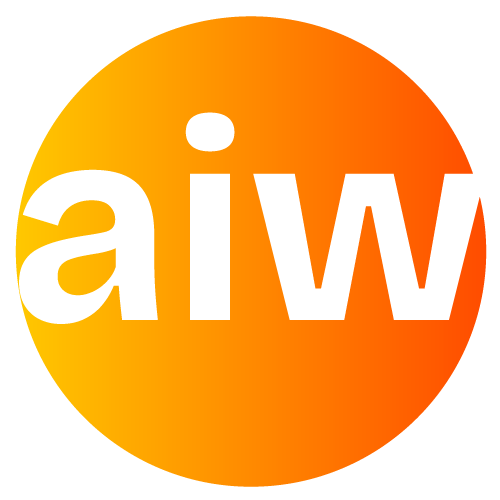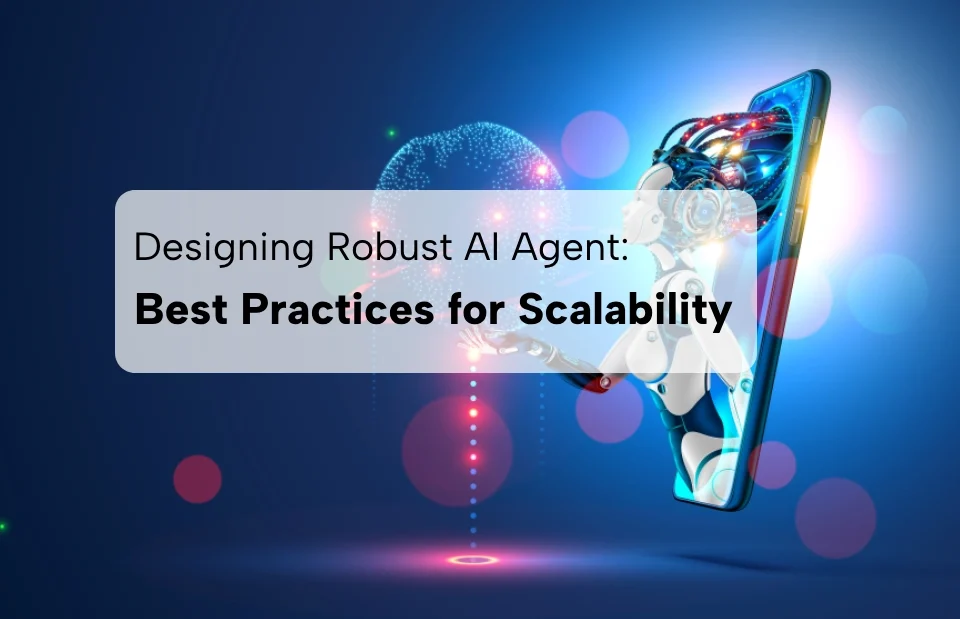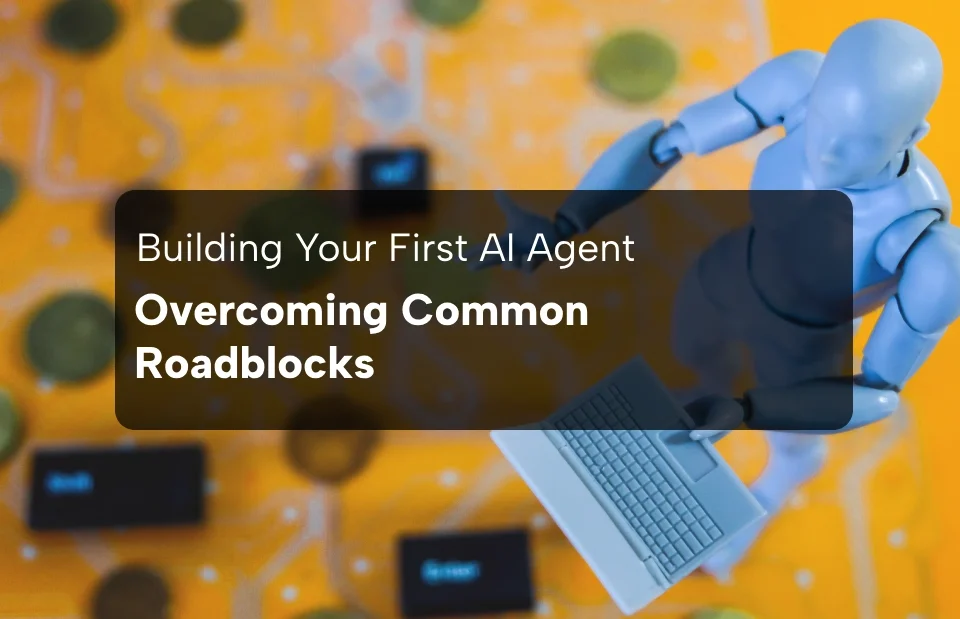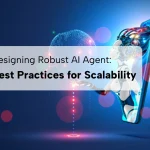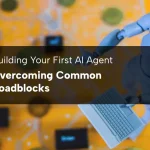Table Of Contents
Introduction
Your team uses a CRM, an outreach tool, and maybe even a chatbot. Yet, leads still fall through the cracks. Does this sound like your issue, too?
The problem here isn’t due to a lack of automation. It’s the wrong kind of automation. Most prospects don’t always open emails on time, reply with the right answers, or behave like data says they should.
Now, imagine a system that doesn’t just follow a fixed sequence but thinks. One that adjusts its actions based on who the lead is, how they respond, and what’s worked in the past.
That’s where agentic workflows step in.
With growing popularity, Agentic AI Workflows startups have raised $2 billion in funding in just two years, according to Deloitte’s 2025 TMT Predictions report. Of these, half of all companies using generative AI are expected to run agentic pilots by 2027.
So, what makes it different from traditional AI Automation? Let’s start with understanding agentic workflows.
What is Agentic Workflows automation?
Not all workflows that use AI are truly intelligent. And not every automated process is actually agentic.
Let’s start with the basics. A workflow is just a sequence of steps to get a job done. Suppose a customer signs up for a free trial of a product. The system sends a welcome email instantly. These are called deterministic workflows. They work well for simple, predictable tasks.
But as soon as conditions change – say, the lead replies with a question, then the system doesn’t know what to do next. That’s why agentic workflows are designed to help.
Agentic workflow is a dynamic, self-directed process executed by one or more AI agents. These agents aren’t just triggered by rules. They have the autonomy to research, adapt, and decide what to do next based on context and goals.
Sales teams today are dealing with more tools, more data, and tighter targets than ever before. Yet, most workflows still rely on human effort to move things forward.
However, agentic workflows:
- Pull in live data
- Decide which tools to use
- Learn from results
- Adjust future actions
Below are some workflow automation examples for you to understand better:
| Scenario | Traditional Workflows | Agentic Workflows |
| A lead fills out a demo form | Sends a fixed email sequence | Pulls company info from LinkedIn, checks fit against ICP, and sends personalized reply based on past behavior |
| CRM Updates Post-Call | Sales rep manually logs meeting notes and updates the deal stage. | Automatically transcribes the call, summarizes key takeaways, updates the opportunity stage, and triggers the next follow-up steps. |
| Inventory runs low | Triggers reorder based on the threshold | Analyzes sales trends, predicts demand, optimizes reorder size and timing |
| Meeting Booking | Shares a calendar link and waits for the prospect to book a slot | Detects the prospect’s time zone, checks both parties’ calendars, and books a slot. |
Now that you know the basis, let us understand what powers these AI workflows in the section below.
How Agentic Workflows Actually Work?
Agentic workflows are driven by multiple technologies working in sync. Here are the key components that make that possible:
-
Machine Learning (ML)
Today, 83% of top-performing companies use AI and ML in lead scoring and conversion strategies. Because ML is what enables an agent to become smarter over time.
In agentic workflows, ML helps agents decide which actions to take next and how to improve their performance automatically. They do this by analyzing data points of leads, such as demographics, behavior, preferences, and engagement. They then predict which leads are most likely to convert into customers.
-
Natural Language Processing (NLP)
NLP allows agents to understand, generate, and act on human language. This is what makes it possible for agentic workflows to send tailored replies, summarise emails, or extract meaning from documents.
Example: Gong AI assistant uses NLP to transcribe and analyze sales calls, then suggests what phrases helped move deals forward. Teams using it saw:
- Deal close rates rise 50%
- Call increased win rates by 10%.
- Forecast accuracy improved to 95%
-
Tool Use and API Access
For an agent to take action, it needs access to tools. This could mean sending emails, updating CRM fields, scheduling meetings, or querying live databases.
In agentic workflows systems, creating custom GPTs with APIs for action-based tasks increases completion success by 40 to 60%, according to OpenAI’s enterprise trials.
-
Memory and Feedback Loops
Memory enables agents to store context, recall what they have done, and learn from both successes and failures. Feedback loops allow AI workflows to adapt when something doesn’t go as planned — retrying, rerouting, or flagging issues with minimal friction.
For example, an agentic sales follow-up system remembers previous interactions, skips repetitive info, and changes tone if the lead goes cold.
Real-World Use Cases of Agentic Workflows
Below are four real examples of how companies are using ai workflows to streamline operations and sales:
-
Claygent – Automated Lead Enrichment and Outreach
Claygent is an agentic research assistant embedded in the Clay Growth platform. With 1 billion users, it is pretty popular among brands and companies, including OpenAI (yes, even they use it), Rippling, and Vanta. It acts like a virtual SDR.
How it works:- Step 1 – Input a list of names and emails into Claygent.
- Step 2 – It scrapes company websites, LinkedIn profiles, and public sources.
- Step 3 – It enriches each lead with firmographic details such as team size, funding status, and SOC-II compliance.
- Step 4 – Finally, it drafts personalized outreach messages using LLMs
Impact:- Leads are enriched with reliable data from 50+ sources.
- Saved 6 to 8 hours of manual research per rep per day
- Increased response rates by 20 to 30%, as reported by user feedback.
-
ServiceNow – Ticket Resolution with RAG-Enabled AI Agents
ServiceNow’s platform uses AI workflows to resolve IT support tickets. When a ticket is submitted, an AI agent pulls information from an internal knowledge base, checks similar past cases, and drafts a response. How it works
The system uses retrieval-augmented generation (RAG) to identify relevant documents and suggest actions. The support agent only needs to review and approve the request.
Results- Reduced resolution time by 40%
- Handled over 70% of L1 tickets without escalation
- Improved employee satisfaction with faster turnaround
-
Salesforce’s Agentic Sales GPT: Smarter Sales Execution
Salesforce’s Agentforce includes Sales GPT, agentic workflows integrated into Sales Cloud. It autonomously generates outreach, summaries, and next steps based on the following:
The system uses retrieval-augmented generation (RAG) to identify relevant documents and suggest actions. The support agent only needs to review and approve the request.
Results- Real-time call analysis – to review live call transcripts, identify buying signals, and extract key phrases.
- Proactive suggestions – like sending a discount email or booking a follow-up demo.
- Email and summary automation – the agent drafts personalized emails and post-call summaries that reps can review and send with one click.
Impact:- Closed deal volume increased by 29%
- The administrative workload dropped by 32%.
- Achieved 93% accuracy in customer interactions.
-
Moveworks – End-to-End Employee Support Automation
Moveworks AI Assistant utilizes autonomous agents to bring multiple sales-related tasks into a single agentic workflow. The agents read knowledge bases, ask follow-up questions, and resolve issues independently. It supports integrations with Salesforce, Clari, MindTickle, and HubSpot.
How it works- It pulls up Salesforce records.
- Completes key pipeline tasks like generating emails, internal messages, or reminders
- Supports deal coaching by flagging risks and tailoring next-step recommendations.
Results:- Sales reps save hours per week by automating routine requests, such as quote status, account details, or forecast queries.
- Response to deal-stage tasks improved by 20 to 30%.
- Sales teams report 30 to 40% faster deal progression, thanks to automated reminders and guided actions.
5 Best Practices to Build Agentic Workflows
Fiver’s CEO, Micha Kaufman, says,” I only hire candidates who use AI.” Today, it’s not just about adding AI workflows to your processes. It’s about designing a system that works in the real world.
Here’s how to build a business workflow automation process that not only looks good on paper but also delivers results:
-
Start with One purpose, not Ten
A well-defined outcome is what sets successful ai workflows apart. Don’t build a catch-all process. Choose one goal, like qualifying leads faster, reducing resolution time, or increasing follow-up consistency.
Once you have clarity on the outcome, build backwards. Ask:- What tasks currently drain time or cause drop-offs?
- Where does human effort create delays?
- Can an agent do this more efficiently with access to tools or data?
-
Use the Right Agents for the Right Task
Don’t stretch one model to handle everything. Just like teams need role clarity, agents work better when they don’t overlap. For example:
- One agent monitors CRM changes
- Another one drafts a personalized follow-up
- A third logs updates and flags exceptions
Infographic Suggestion:A grid-style visual showing “Agent Type vs Tool”, showing which one is best for each task. Tools examples – (Aomni, Gumloop, AutoGen Studio, etc.) -
Keep Humans in the Loop
Maintain checkpoints to confirm AI actions align with your strategy. Human oversight prevents missteps, ensures brand tone, and helps the system learn from real-world feedback.We saw above how Claygent’s outreach AI workflows automatically scan LinkedIn and enrich lead profiles. But reps still approve the final message before sending it out. -
Let Agents Collaborate, Not Compete
Agentic workflows are most effective when multiple agents can pass tasks to each other, share inputs, and adapt based on the outcomes.Imagine a sales funnel:- Agent A qualifies a lead
- Agent B pulls product use cases based on the job title
- Agent C schedules a follow-up and logs it to the CRM.
This modular design helps scale without reworking every time something changes. It’s what makes agentic systems more agile than rule-based automation. -
Enforce Data Governance & AI Workflow Audits
Keep a clear record of all data access, decisions, and interactions. The practice is vital for regulatory compliance and helps organizations detect potential bottlenecks in their operations. The practice ensures AI workflows maintain trustworthiness, which buyers and regulators both expect.- Track every API call, message sent, and decision made
- Enables auditing in regulated environments
- Builds trust with stakeholders by offering transparency
Final Thoughts: Getting Started With Agentic Workflows
Agentic workflows are more than a time-saver. They are a more innovative way to scale operations, cut errors, and free up teams from repetitive manual work. When done right, they turn everyday tasks into end-to-end systems that run smoothly on their own.
AI Workfllow makes that easier. From automating customer verification to powering complex compliance workflows, our AI-first solutions let you deploy intelligent automation that works across teams, tools, and touchpoints.
Looking to streamline your workflows? Explore our AI workflows solutions and build AI workflows that adapt, learn, and scale with your business.
FAQs
-
Will my leads know they are speaking with an AI instead of a human?
Only if you want them to. Good agentic workflows feel natural and escalate to humans for complex conversations. Therefore, most prospects can not tell the difference in early-stage interactions.
-
What parts of my sales funnel can actually be automated?
Pretty much everything except closing complex deals. Lead qualification, follow-ups, appointment scheduling, nurturing sequences, and even basic objection handling.
-
Do I need to rebuild my current sales process completely?
Nope. Most agentic workflows plug into your existing CRM and tools. They make everything work smarter without requiring you to start from scratch.

Dhruv Dholakia has spent over a decade helping enterprises streamline operations through workflow automation and digital transformation. With a strong belief in building purposeful tech, he now focuses on the next frontier—custom AI solutions and Agentic AI. For Dhruv, AI isn’t just a buzzword; it’s a tool to solve real-world problems and create lasting impact. He’s passionate about making AI accessible, responsible, and truly useful for people, teams, and businesses navigating today’s fast-changing world.
